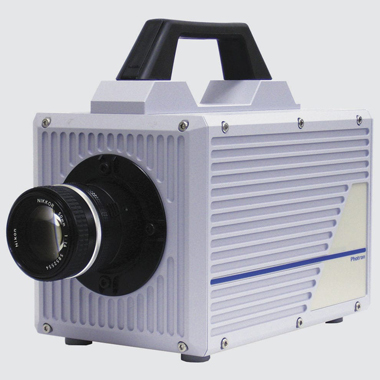

Herein, we report our investigations on the ignition behavior of PC particles of different ranks and sizes using a high-speed camera at high heating-rate conditions (>105 K/s) in a flat flame burner which is developed for setting up a similar heating rate of large industrial scale. All the aforementioned studies describe how coal rank and particle sizes affect PC particle ignition at various conditions however, the ignition phenomenon of PC particles, in a wide size range, at very high heating rates (>105 K/s) as a function of coal rank is yet to be thoroughly investigated. The results showed that highly volatile bituminous coal ignited with a high-temperature soot cloud in contrast, this cloud was not obvious during the ignition of subbituminous coal. Shaddix and Molina also used a CCD camera with a very short exposure time (20 is) to investigate the ignition and devolatilization behavior of single particles of bituminous and subbituminous coals by changing the ambient gas conditions. These results showed a significant ignition delay in char compared to coal particle ignition, using coal from the same seam and under similar experimental conditions as the McLean study.

Molina and Shaddix used CCD (Charged-Coupled Device) camera images with LFR to capture excited CH* emissions from the coal flame to determine the ignition point.

The shadowgraph technique offers the advantage of detecting the soot cloud. Five coal types (anthracite, medium-volatile bituminous, high-volatile bituminous, subbituminous, and lignite coals) with particle sizes 150-200, 75-90, and 105K/s) and a shadowgraph to observe the condensed matter surrounding the coal particles with a mean mass size of 65 im corresponding to the ignition of bituminous coal-suggesting that homogeneous ignition initially occurs. A high-speed camera was used to image the ignition process. The ignition behavior of pulverized coal particles was investigated as a function of different ranks and sizes using a flat flame burner at high heating rate conditions (>105 K/s). School of Mechanical Engineering, Pusan Clean Coal Center, Pusan National University, Republic of Korea Ryang-Gyoon Kim1, Dongfang Li1, Chung-Hwan Jeon * Journal homepage: Experimental investigation of ignition behavior for coal rank using a flat flame burner at a high heating rate For particle sizes in the range 150–200μm, anthracite coal exhibited homogeneous ignition after primary fragmentation, whereas lignite coal underwent direct fragmentation and homogeneous ignition prior to ignition without primary fragmentation.Įxperimental Thermal and tei1* Fluid ScienceĬontents lists available at ScienceDirect When the particle size is <45μm, high-volatile bituminous coal underwent homogeneous ignition, while medium-volatile bituminous coal underwent heterogeneous ignition. The released volatile matter of medium- and high-volatile bituminous coal in the size ranges 150–200 and 75–90μm underwent homogeneous ignition. Five coal types (anthracite, medium-volatile bituminous, high-volatile bituminous, subbituminous, and lignite coals) with particle sizes 150–200, 75–90, and <45μm were tested.

The ignition behavior of pulverized coal particles was investigated as a function of different ranks and sizes using a flat flame burner at high heating rate conditions (>105 Abstract of research paper on Nano-technology, author of scientific article - Ryang-Gyoon Kim, Dongfang Li, Chung-Hwan Jeon


 0 kommentar(er)
0 kommentar(er)
